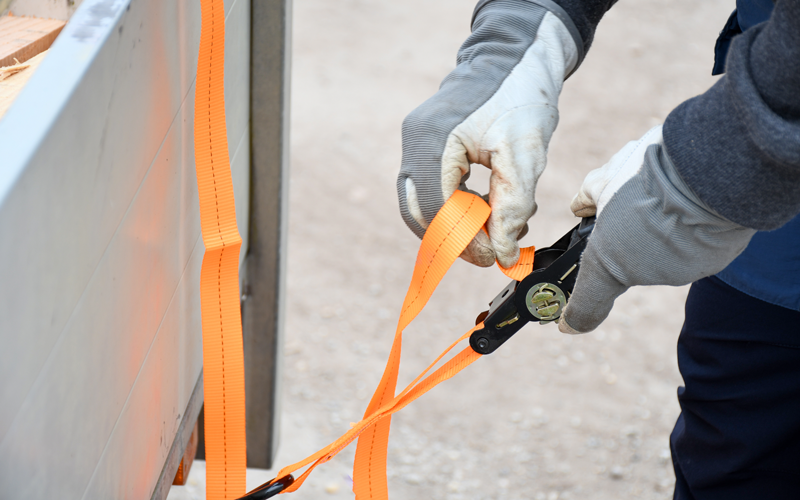
Importance of securing loads correctly
Following a report on social media of a member of the landscape community being fined for failing to secure their load, the Association would like to take the opportunity to remind members of the importance of securing loads appropriately.
The Driver and Vehicle Standards Agency (DVSA) is responsible for enforcement regarding roadworthiness (vehicle and the load) and traffic enforcement (drivers’ hours and overloading) under the following laws:
- The Road Vehicles (Construction and Use) Regulations 1986, regulation 100
- The Road Traffic Act 1988, section 40a
DVSA examiners ask themselves a series of questions when assessing a load:
- can any part of the load slide, topple or bounce in any direction?
- is the load causing the vehicle to be unstable or could it affect the handling?
- can any part of the load fall off during transit?
- is the load security equipment in poor condition and/or not appropriate for the load?
- does any part of the load or the way in which it is secured present, or likely to present, an immediate danger to road users during transit?
- The examiner will take enforcement action if they answer ‘yes’ to any of these questions.
Whilst guidance issued tends to focus on larger commercial vehicles, the principles remain the same for smaller vans and trailers. In a code of practice document produced by the Department for Transport titled Safety of Loads on Vehicles, detailed guidance is provided for all types of loads including the types likely to be transported by van and trailer:
- Machinery and tools
Larger pieces of equipment should be placed in contact with a headboard whilst smaller items such as tools should be boxed and secured to the vehicle’s body by use of anchored restraints. Wherever possible, cargo should be carried separate from passengers. - Loose bulk loads e.g., sand, MOT Type 1, gravel, bark mulch
Shedding of loose bulk loads is more likely to take the form of small quantities of material either falling through gaps in the bodywork or being blown from the top of the load compartment. The load compartment should be kept in good condition to minimise the risk of leakage.
Special attention should be given to drop sides and tailboards where damage or distortion can easily lead to loss of part of the load through any small gaps which are created. All tailgates and drop sides must fit correctly and shut tightly enough to prevent the spillage of any sand, shingle or other loose load being carried.
The body sides should be of sufficient height not only to completely contain the material when it is loaded but also to reduce the likelihood of any part of the load, which might have moved during the journey, from falling or being blown over the edge.
The load compartment should be covered if there is a risk of part of the load falling or being blown from the top of the vehicle. The type of cover used will depend on the nature of the load being carried. Light, dry materials are particularly susceptible to being blown off and should always be covered by a suitable sheet.
Covering with a net can sometimes adequately retain loads that consist of large items, such as rolls of turf or potted plants. If a net is used the mesh size should be smaller than the items been carried, and the net should be strong enough to prevent any article being carried from escaping.
Further reading
The Road Vehicles (Construction and Use) Regulations 1986, regulation 100
The Road Traffic Act 1988, section 40a
Code of Practice: Safety of Loads on Vehicles

